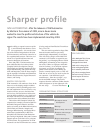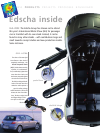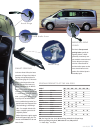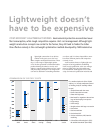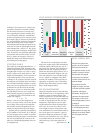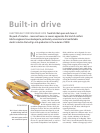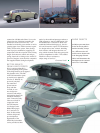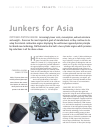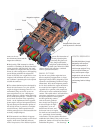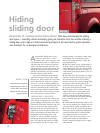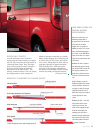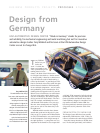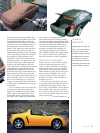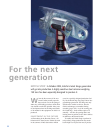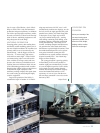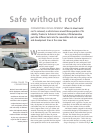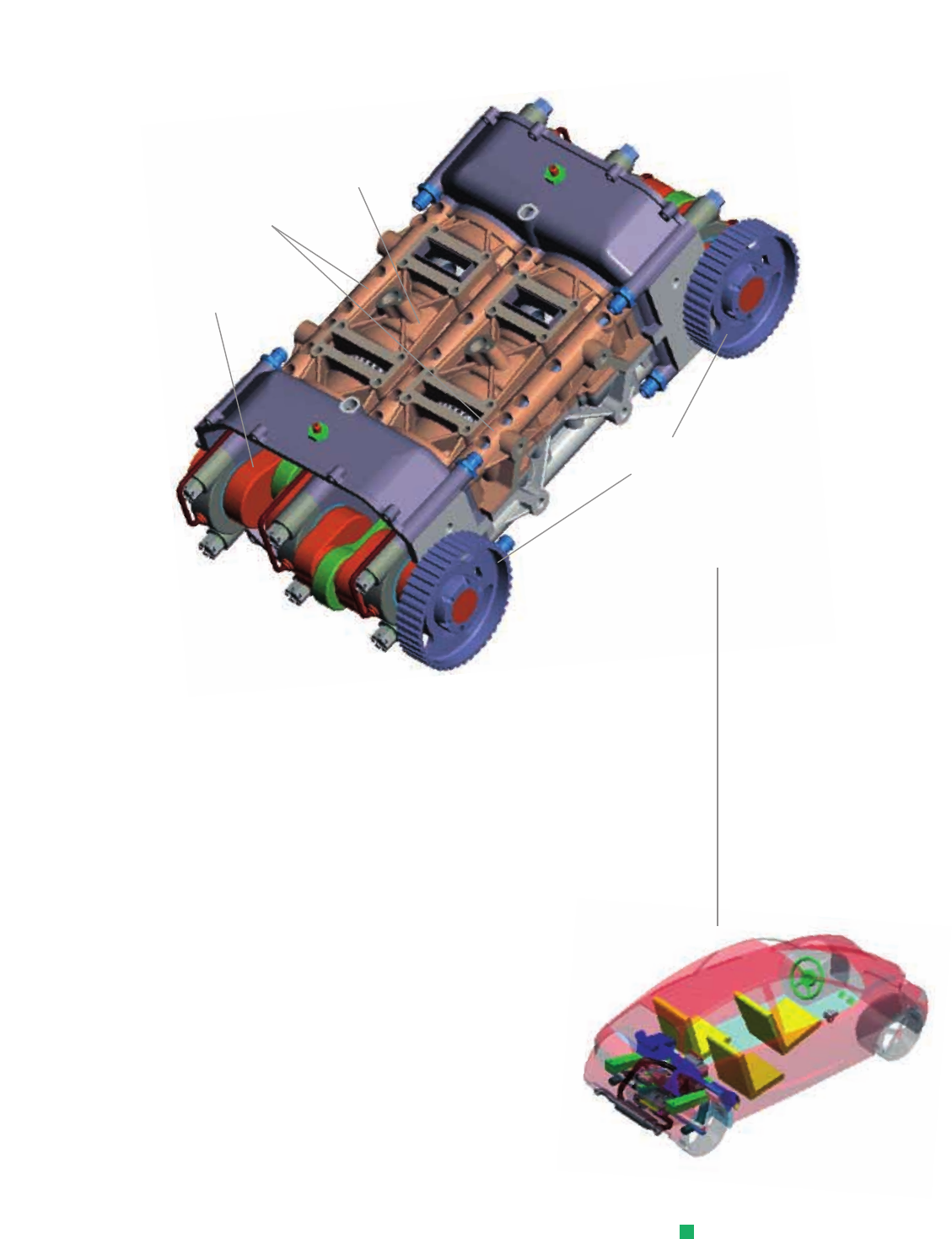
ments are the car-
bon-aluminum pistons and the
magnesium crankcase.
■ Designed by IVM Automotive with the
assistance of Laukötter, the Dessau-based die-
casting specialist, and Diesel-Air, the crank-
case consists of a magnesium alloy. Its manu-
facture by a die-casting process, and applying
special design guidelines for magnesium,
results in extremely low weight and low costs
compared with aluminum die-casts. At pres-
ent, Laukötter is producing the tools required
to build the crankcase.
■ The carbon-aluminum piston developed by
Diesel-Air also features a very low specific
weight. Its biggest advantage, however, is its
tremendously long service life even at ex-
treme temperatures of over 1,000 degrees
Celsius. Moreover, with the carbon piston the
HCCI combustion principle – currently a sub-
ject of much discussion in the engineering
world – can be implemented in the opposed-
piston engine: owing to homogeneous blend-
ing and subsequent simultaneous ignition of
the air/fuel mixture, it promises even higher
overall efficiency. Initial operational tests
with the prototypes have corroborated the the-
oretically computed figures.
■ IVM Automotive and Diesel-Air oppose
the injection pressures presently used in diesel
engines, which reach 2,000 bar and more,
with a low-pressure, 120 to 200 bar injection
system. The interaction of
an early injection point,
extremely hot piston sur-
face, long overall stroke,
and piston synchronization at
top dead center allows the GKM
1200 to achieve high efficiency combined
with low pollutant emissions.
MANY OPTIONS
By now the two-cylinder engine has been
almost completely integrated into a virtual
lightweight vehicle (LWP) designed by IVM
Automotive and Hamburg Technical College
(illustration). Still, the development partners
are far from satisfied: the engine should also
be a multi-fuel unit capable of running on
vegetable oils or gasoline, with compressor,
oil-free and in water-cooled and air-cooled
variants. This would make it well-suited for a
great many applications: as a generator
set engine to produce electric power
and heat (promising contacts
with an electricity producer
have already been forged), as
an aircraft engine for light-
weight planes, as an out-
board motor for boats, and
last but not least as an engine
for small cars and commercial vehi-
cles – particularly for the booming
Asian market. The first contacts have been
established with China. If they result in series
production, Junkers will in the end have flown
farther than his planes. Tom Sauerzapf
YOUTH RESEARCH
The GKM 1200 (above), largely
designed by work study stu-
dents and postgraduates, is
with its target weight of 72 kg
and a torque of 250 Nm per-
fectly suited to power a light-
weight vehicle such as the one
designed by IVM Automotive
and Hamburg Technical College
(below).
Magnesium crankcase
Tie-rod
Decoupled links of the crank-
shafts by means of a drive belt
Crankshaft
edwin 02
|
2003
17



